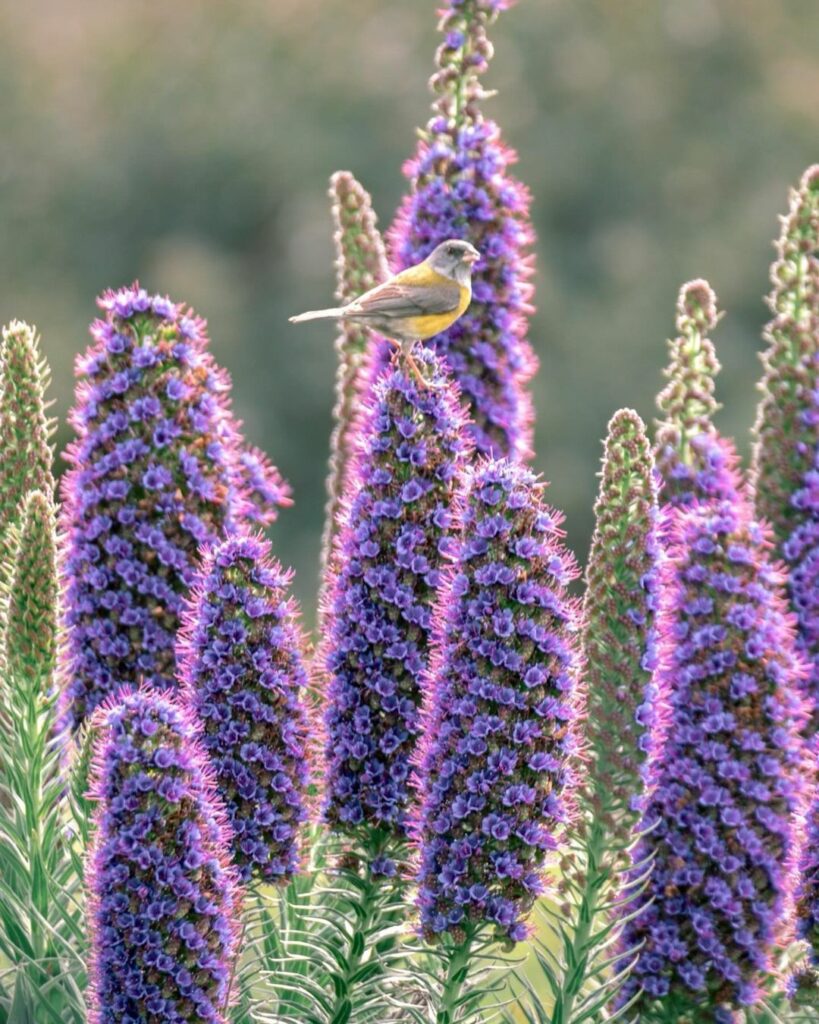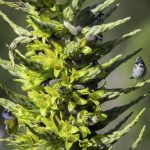
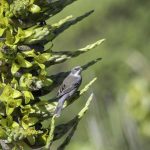
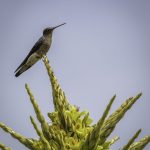
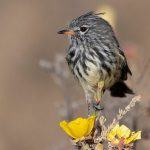
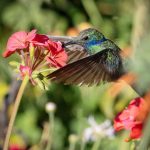
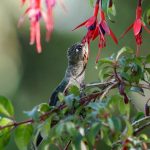
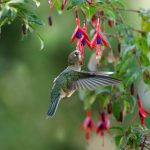
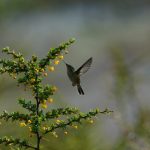
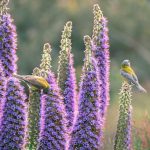
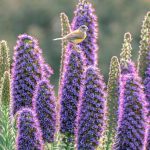
In spring, birds want to be seen. Posing and singing from plants that, in many cases, are more noticeable on this date. The end of winter means that the breeding season begins and, with this, we see behaviors that we do not usually see in other months, such as singing, courtship and territoriality, depending on the species. Part of that is related to the greater number of hours of daylight and the increase in temperatures, which allows certain plants to flourish that, along with other foods, They make it the perfect time to feed the young.
“During spring, daylight hours and temperatures increase, rainfall decreases, and Many plants are in their best condition after winter precipitation, which generates greater food availability. All of these are ideal conditions for nesting, so birds take advantage and coordinate their reproductive cycles with this season,” explains Vicente Pantoja, professional of the Bird Observers Network (ROC), Natural Resources Engineer and coordinator of Birds of the World in Chile.
Indeed, with the availability of water, light and temperature, many plant species begin to flower. This flowering, in general, is related to pollinators, among these are insects and birds, which become more active with the heat.
“Spring is the flowering period for many plants, and it is a time when many birds – both resident and migratory – take advantage of to drink nectar, eat petals or feed on insects that visit flowers and plants”, clarifies Pantoja.
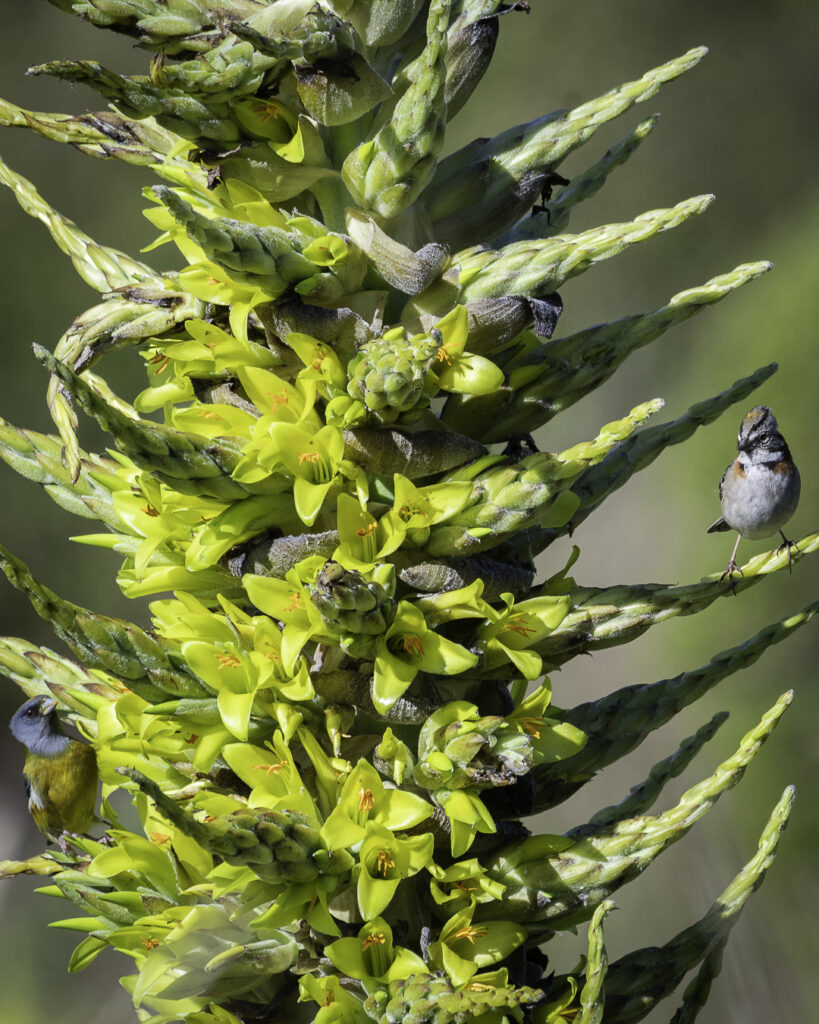

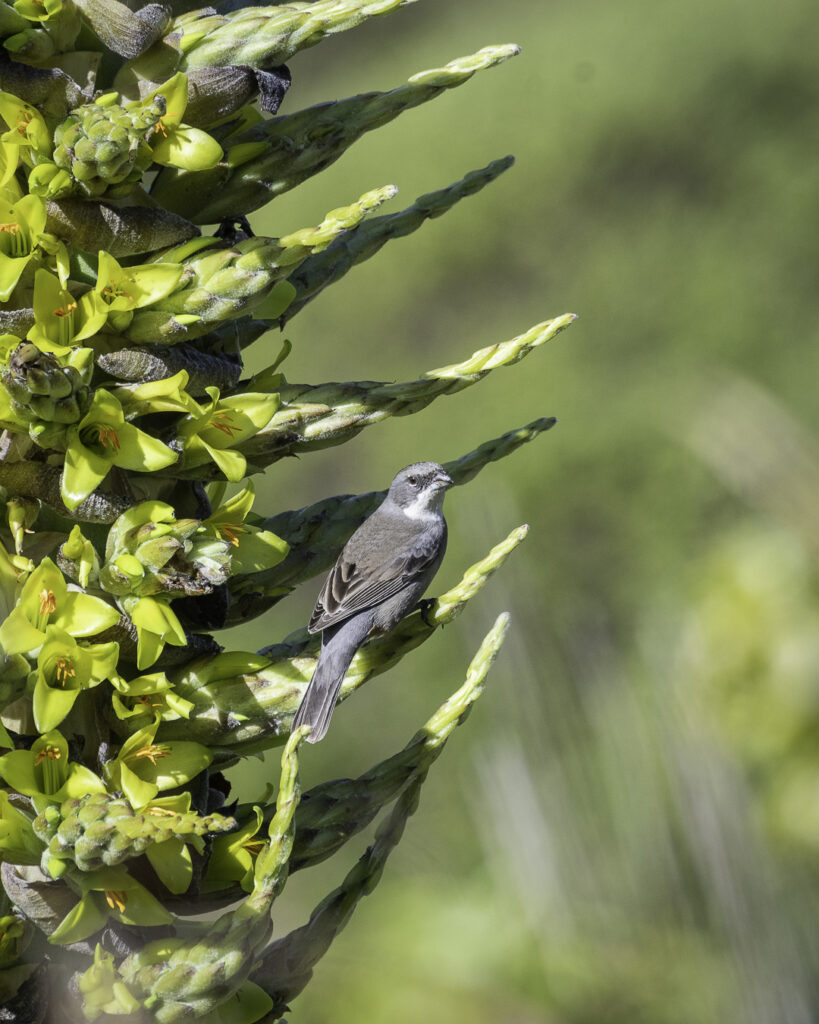

In their search for food, the birds also They fulfill different ecological functions. Among them they are capable of disperse seeds. This happens in those birds that, for example, feed on small fruits, from which they eliminate their seeds through feces. Then, the plant gives food to the feathered bird and this helps it disperse.
On the other hand, birds are also capable of pollinating. That is, the plants produce the nectar that the feathered bird feeds on and this helps it totransport pollen from the plant to the flowers of other plants of the same species. Hummingbirds, for example, are birds that feed on nectar and usually insert their head into the flower to do so, which causes them to rub the stamens and leave pollen on their head, which will then end up in the same way on another flower. .
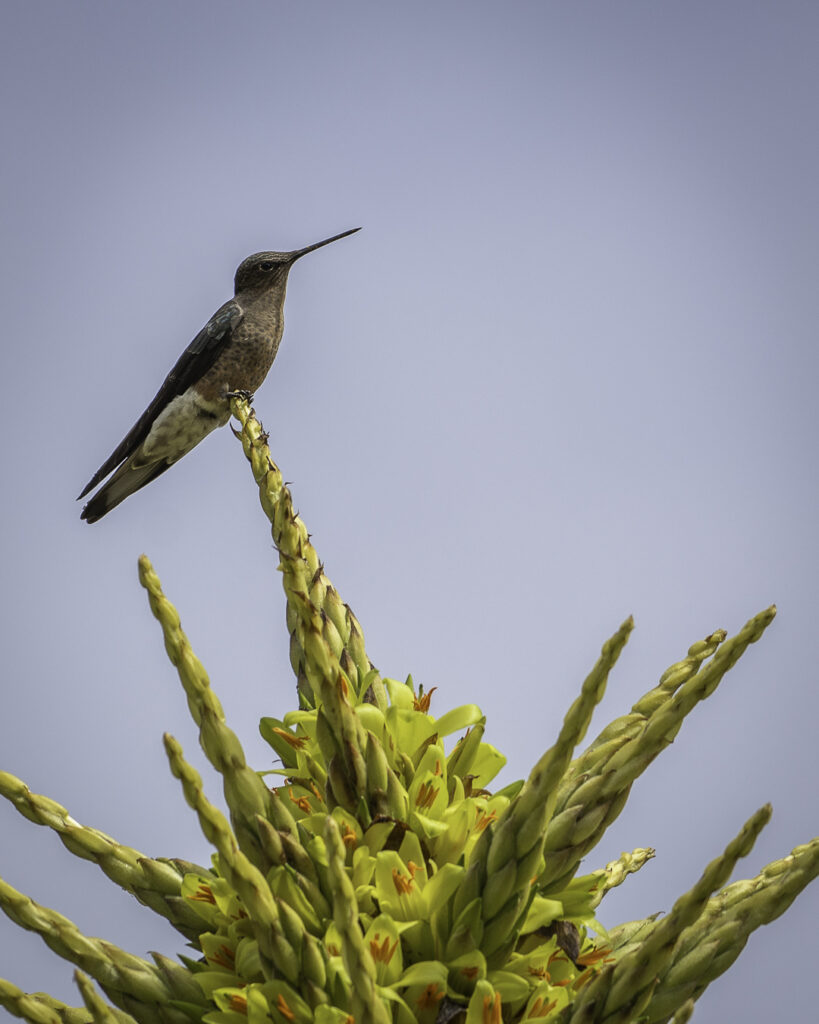

“Birds and plants in Chile have been evolving together for millions of years, what has generated an interdependence between themjust like the little hummingbirds (Sephanoides sephaniodes) They come to the central area to take advantage of the flowering of the quintrals in autumn and winter, and return to the south to feed on the notro, chilco, among others. There are many other mutualistic species, a famous case is that of the tench (Mimus thenca) and the fruit of the Quisco quintral; also the choroy (Enicognathus leptorhynchus)that its beak allows it to feed on the Araucaria pine nuts, especially between February and May,” explains Pantoja.
From Chile Birds have gone in search of these spring interactions. Within this, the flowering of a classic bromelid from central and northern Chile stands out: the Chilean puya or glacier. (Puya chilensis).
“Numerous birds and insects take advantage of the large amounts of pollen that these plants produce. It is common to observe how some birds insert their heads into the puya flowers, becoming covered in pollen while they feed. On a day in which we went to photograph the fauna associated with the pujas of the Hualpén Peninsula Nature Sanctuary (Biobío Region), We were able to record: diucas, chincoles, chercanes, thrushes, tench, cometocinos, small hummingbird”, they comment, highlighting above all the presence of the giant hummingbird.
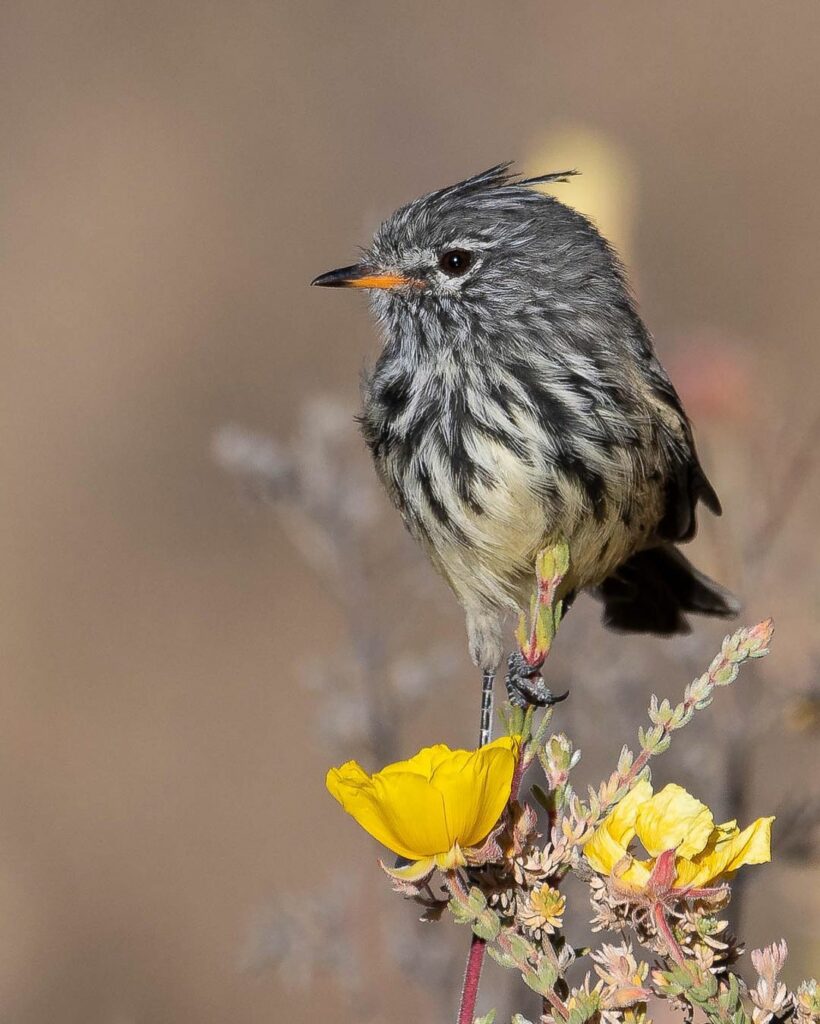

In the far north, on the other hand, walking among ravines in Socoroma last year, they found a northern chubby (Anairetes flavirostris) perched on Balbisia microphylla. Both species are characteristic of the Arica and Parinacota Region, especially the bird, which is restricted in Chile only to this place. “This species lives between 2,000 and 3,500 meters above sea level, near bushes or places with agricultural crops,” they commented on the ChileBirds Instagram.
In the same town a blue hummingbird was found (Hummingbird coruscans), a species native to Chile, which in this country lives only in northern Chile. He was drinking a flower Pelargonium inquinansa species introduced into the country.
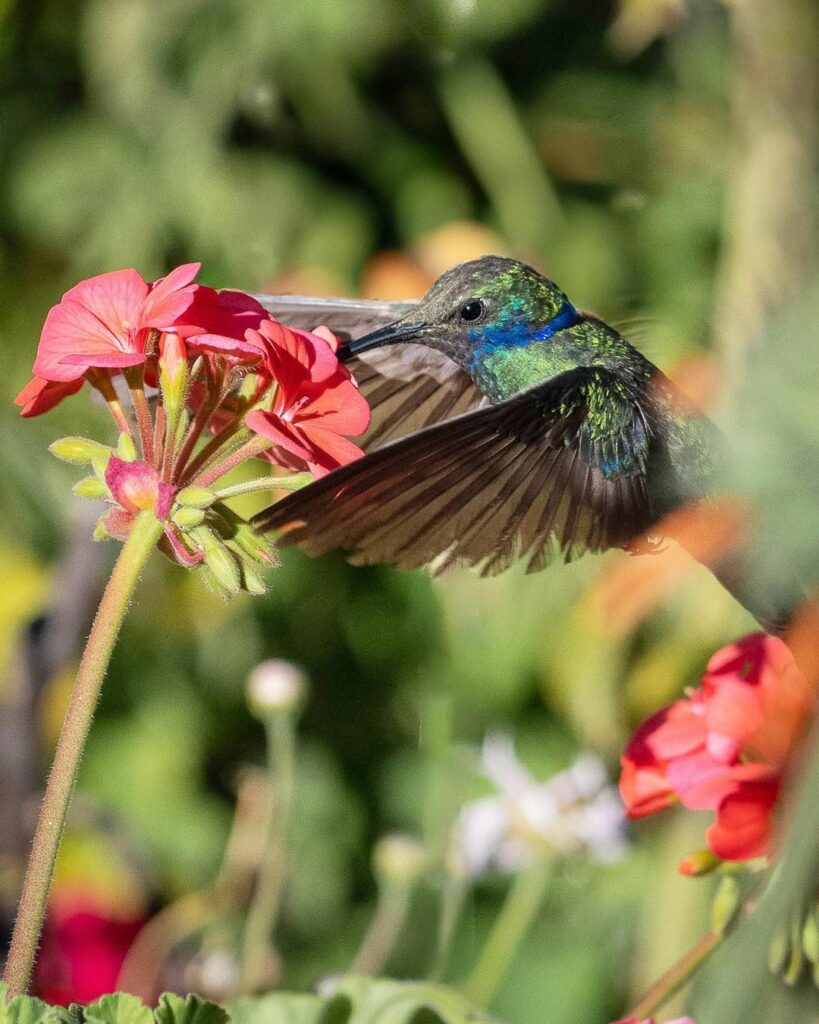

Other photographers have also undertaken this mission. One of them, Rodrigo Araya, recorded the classic interaction between a small hummingbird (Sephanoides sephaniodes) in a chilco (Fuchsia magellanica). The little hummingbird, in addition to feeding on small insects in flight, mainly obtains its food from tubular flowers with plenty of nectar and striking colors. For this reason it is common to see it in chilcos, ciruelillos, (Embothrium coccineum), quintral (Tristerix spp.)coicopihue (Philesia magellanica) or caulks (Berberis microphylla), like this record by Iván Manosalva.
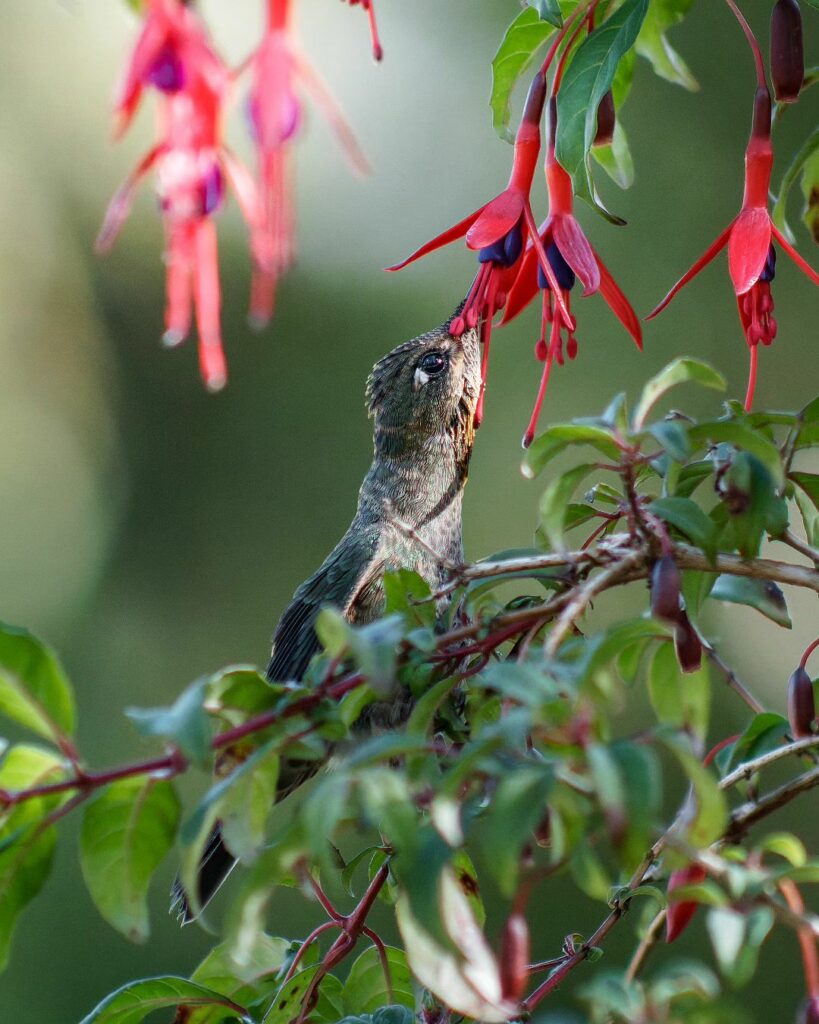

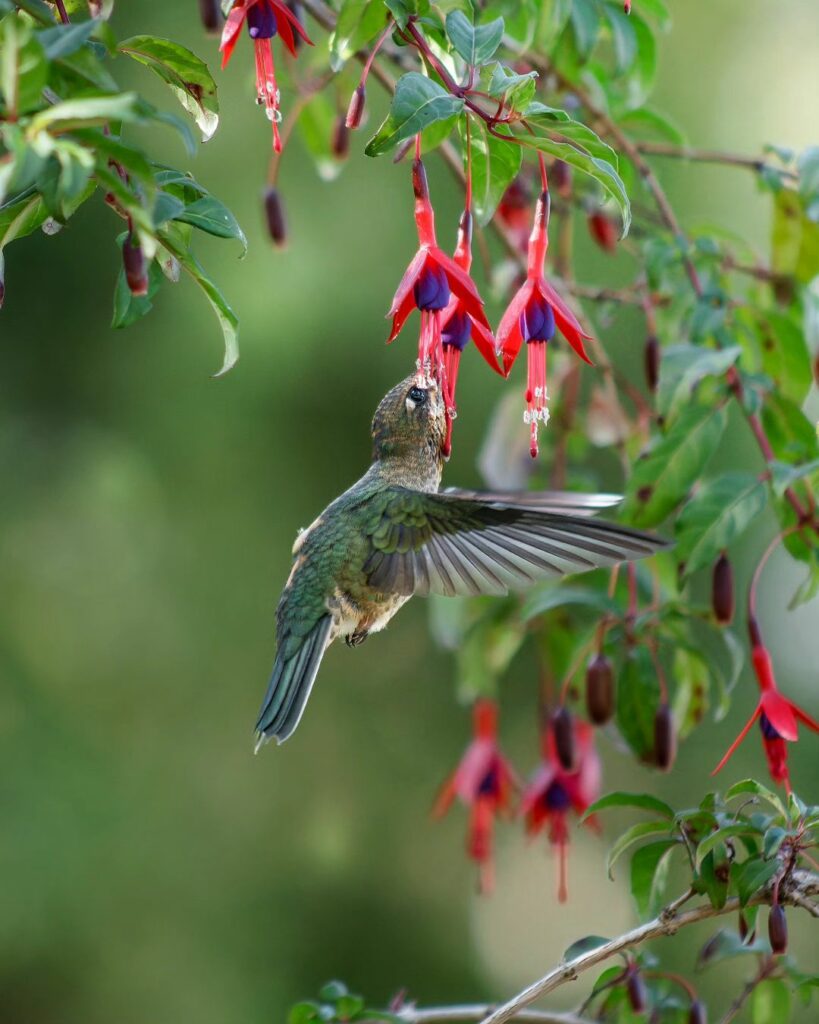

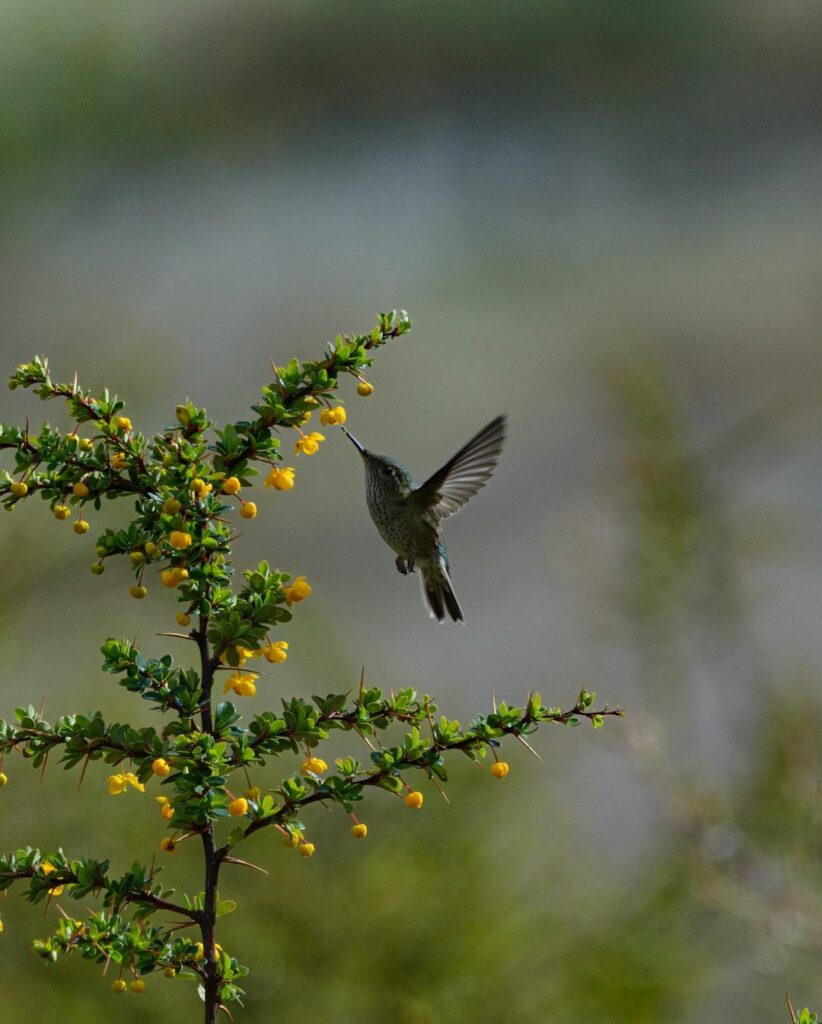

Katherine Tali, for her part, recorded a gay cometocinogen in a spring Tunquén (Phrigilus gayi) about Madeira pride flowers (Echium candicans). This bird feeds mainly on seeds and invertebrates.


